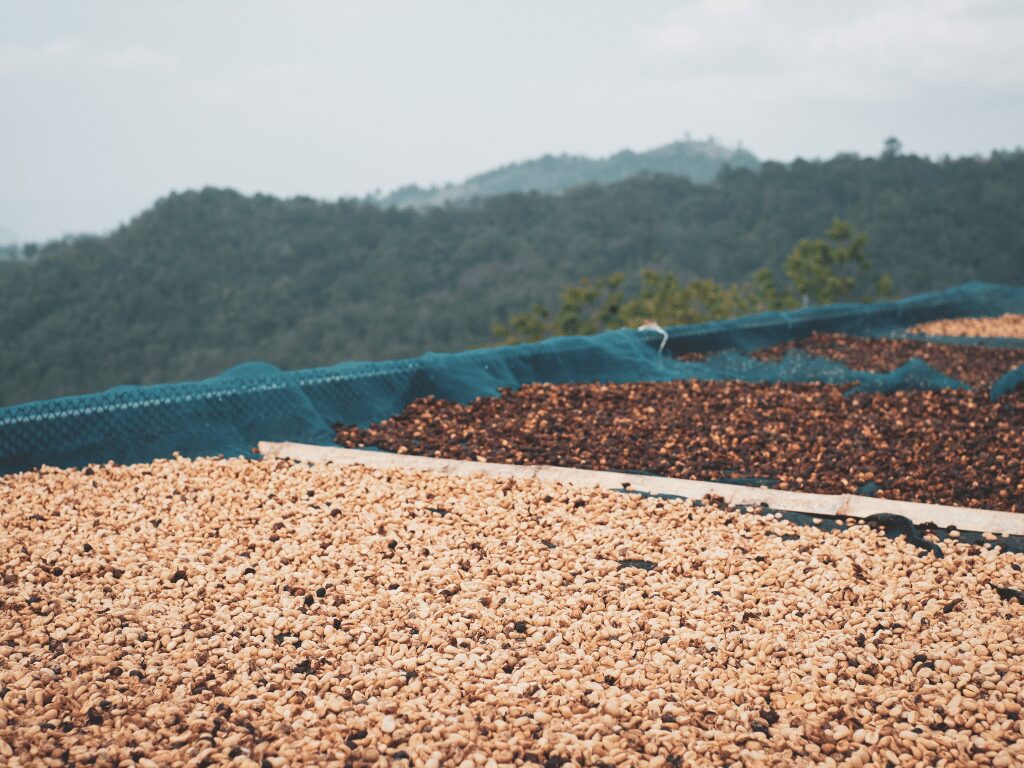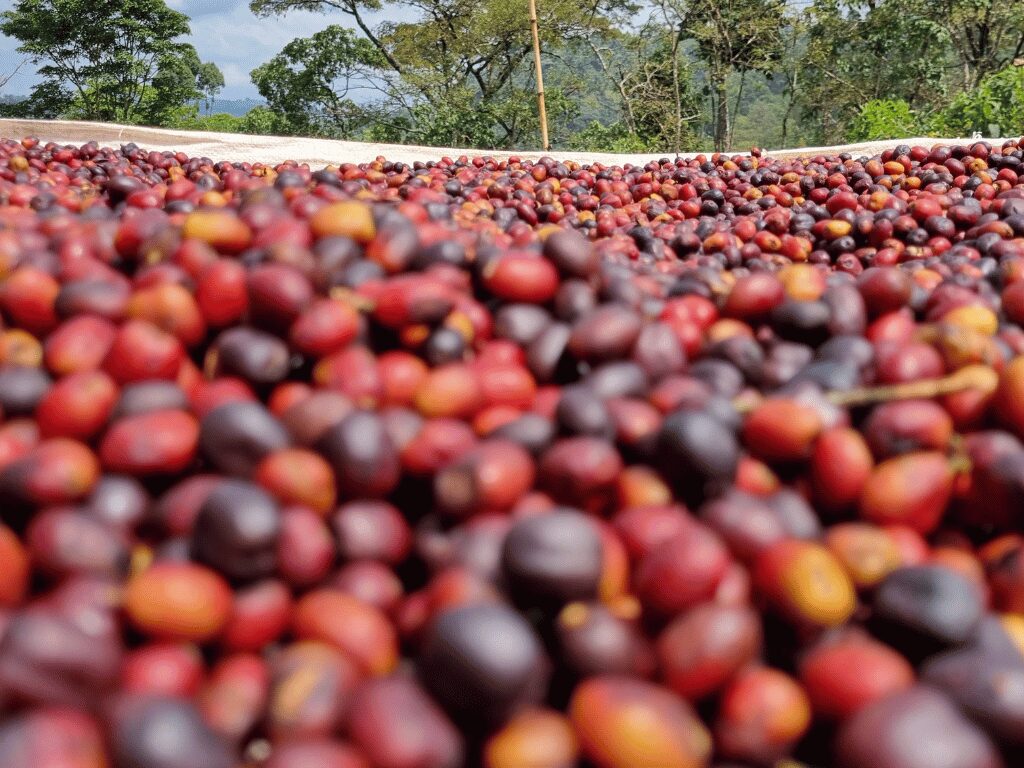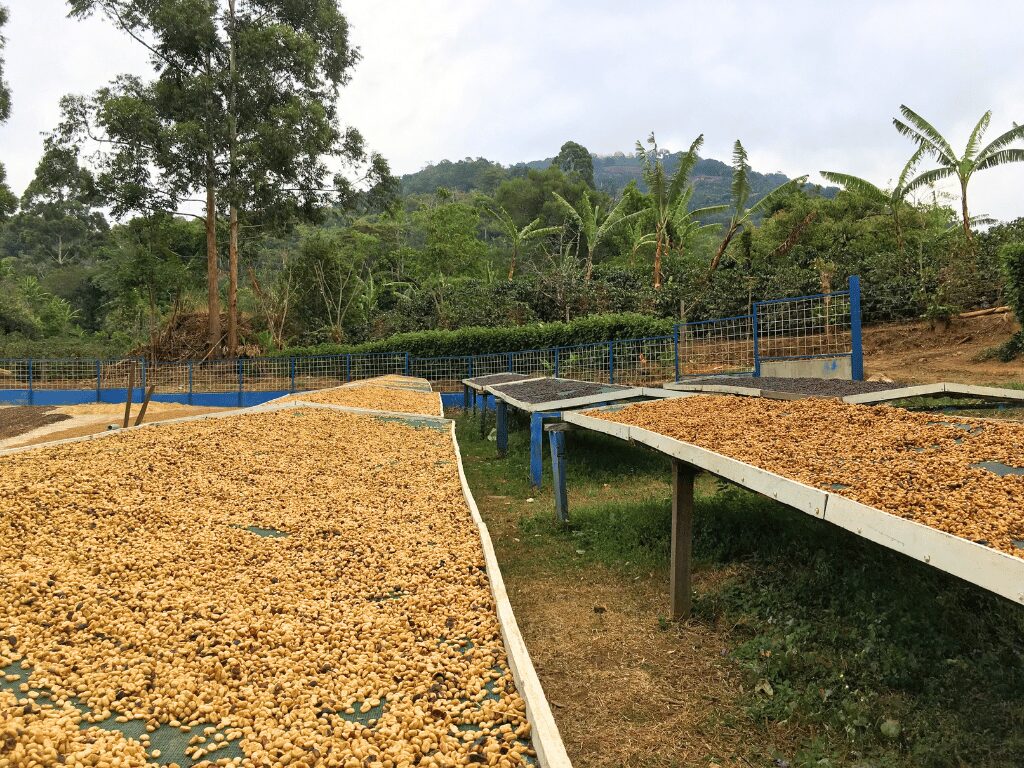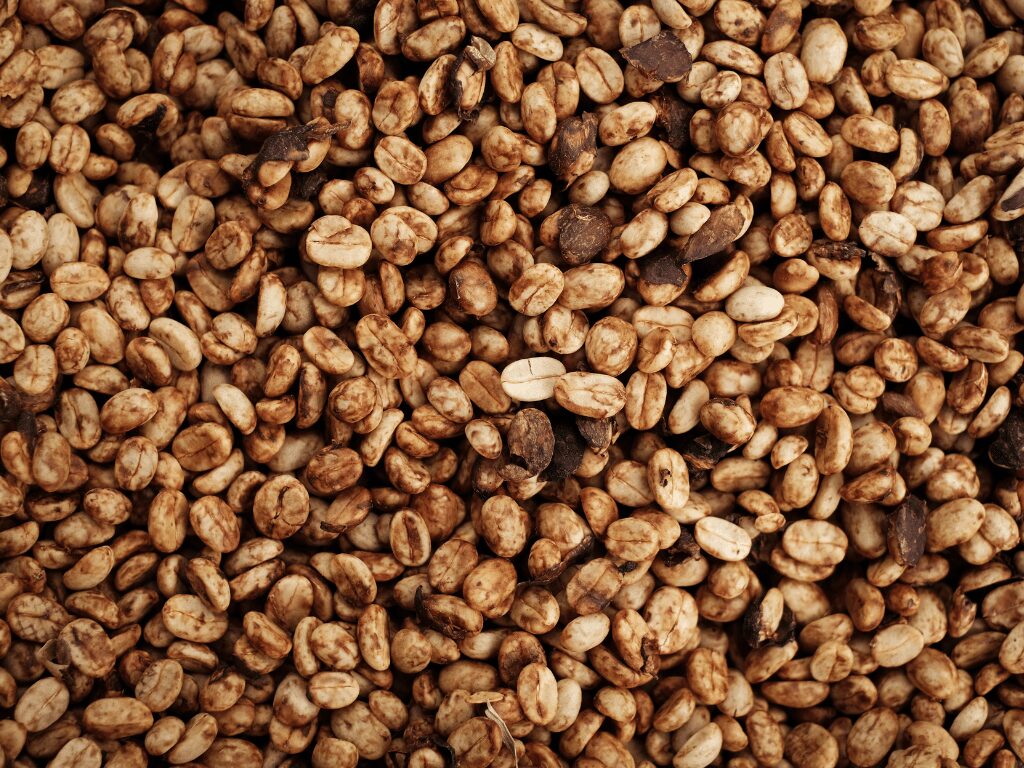
Coffee Varieties Explained
The first blog of the year is going to be about understanding coffee varieties.
With more than 125 coffee species, only two are commercially viable: Coffea arabica and Coffea canephora (robusta).

A common misconception is that coffee is all processed the same. This is not the case. In fact, if it was, all coffee would taste similar, with no unique flavours present, and to be quite honest, would turn coffee into something that was consumed purely for caffeine rather than the unique characteristics and flavours that are associated with certain origins and processing methods.
Understandably, certain words such as naturals, raised beds, and fermentation tanks can be a little intimidating to some but that’s okay, we’ll explain it. One key factor in the coffee chain is how coffee is processed. It may not seem important to some, but make no mistake, how the coffee cherry (fruit) is processed plays a vital role in the flavours and characteristics of the final product.
Coffee processing happens at Origin and after the harvesting of the cherries. Depending on the origin and the method, the act of coffee processing is where the outer skin, pulp, mucilage and parchment is removed. Once the beans have been removed from the cherries, they can then be laid out to dry.
All coffee undergoes a process of drying the green bean but how this is achieved can be quite different. There are many processing methods but the most popular and widely used is Natural, Washed, and Honey. Don’t panic if you aren’t quite sure what this means yet, we’ll get to it!
“Coffee beans start with a moisture content of around 60% and should be dried to around 11-12% to ensure they do not rot while waiting to be sold and shipped.” – James Hoffmann

Natural process, also known as the dry process, is where the coffee cherries are picked and left to dry in the sun, intact, with both its fruit and mucilage on raised beds, cement or bricks. The raised beds use a mesh screen which allows easy air flow from below, encouraging uniform drying of the cherries and stops the cherries from any fermentation that could occur. During the drying process, the coffee cherries are turned multiple times a day to also help reduce the risk of mould.
You’re probably wondering how the natural process impacts the flavours of the beans. Generally, natural processed coffees are known to have a more fruity and distinct flavour due to the coffee bean drying in the cherry. Because of the time the bean has spent drying in the cherry, the natural sugars from the cherry will seep into the bean, producing a sweet, vibrant and fruity coffee.
Natural processed coffees are a lot more common in countries such as Ethiopia and Brazil where water isn’t as widely accessible as other origins. On the plus side, this is a much more affordable option for producers however, it may run the risk of more possible defects in the beans.

Washed Process, also known as Wet Process, is also one of the most common forms of coffee processing and is all about showing a bean’s true characteristics. The process involves removing the outer skin and pulp of the cherries, where the beans then go through a fermentation in water which removes the mucilage throughout the washing process. Once the beans have been washed, they will then be laid out to dry.
The result of washed coffees are the consistent flavours, producing a crisp and clean coffee with bright acidity.
While the argument of natural vs. washed coffee is prominent, it really is based on personal preferences. Natural process produces a sweet and fruity coffee, however, produces more inconsistent flavours. The washed process does require more labour and a high use of water, but far more consistent flavours.

The honey processing method combines aspects of both the natural and washed process. To answer the impending question about where the term ‘honey’ comes from, it refers to the sticky, honey-like texture of the mucilage that is left on the bean to dry in. After harvesting the coffee cherries, the cherry is pulped where only the outer skin is removed and the cherry is dried with the mucilage layer intact.
The mucilage layer contains very high levels of sucrose (sugar) and acids which are vital to the honey process.
“There is no doubt that processing can have a massive impact on the cup quality, and there is a growing trend for skilled producers to manipulate the process in order to yield specific qualities in the cup. However, these producers are very rare on the global production scale.” – James Hoffmann
Generally speaking, honey processed coffees produce a sweetness, balanced acidity with fruity undertones, making this a desirable process and coffee to enjoy. The most defining difference is what the flavours of the sugars and acidity of the mucilage provide during the drying process, where the sugars become highly concentrated and soak into the beans.
Now that you understand the basics, which process are you excited to try next?

The first blog of the year is going to be about understanding coffee varieties.
With more than 125 coffee species, only two are commercially viable: Coffea arabica and Coffea canephora (robusta).

In late October and early November, Jason (Opal BNE) and Hengky (Opal SYD) traveled to West Java to visit several coffee farms, with the goal of developing a sustainable and long-term buying plan.
© Copyright Opal Coffee 2025. All Rights Reserved | Privacy Policy — Designed by Hoot Media
